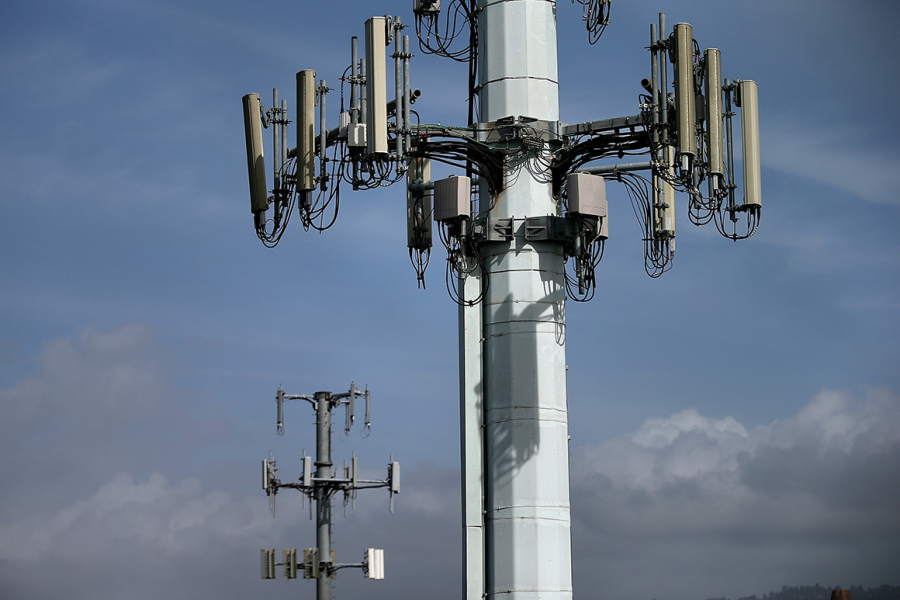And it’s time to try a different approach to fixing it.
Millions of Americans don’t have modern internet service. It’s a symptom of our internet dysfunction that we don’t even know how many. The unreliable number from internet providers is 14.5 million households. Or maybe it’s 157 million people. Even for people who have reliable access, Americans generally pay more for worse internet service than our counterparts in most other rich countries.
The White House’s new infrastructure plan includes a proposal to spend $100 billion to extend fast internet access to every home. Its central premise is a powerful one: To achieve the internet that we all deserve, the federal government must be more involved — but not too much.
The Biden administration’s plan is short of details, and a big spending bill will be tough to pass. But let me explain why the White House’s plan could be the shakeout we need.
First, how it works now:
We currently have the worst aspects of free market capitalism and heavy handed government. Taxpayer money is poured into internet service, but the money is often spent in shortsighted ways. A system that promises light regulation actually has many rules — often encouraged by companies protecting their interests — but the regulations are often misguided or poorly enforced.
The government now hands over a lot of money and authority to internet companies. The result is that Americans are forking over many billions of dollars each year to help build internet networks in places like rural towns and to subsidize the cost of service for schools, libraries and households.
But the funds often help maintain AOL-era internet pipelines. And money is spent on short-term solutions. Schools, for example, get help paying internet providers for Wi-Fi hot spots when they would be better off having fast internet pipelines that they control.
“That’s not to say that the investments haven’t gotten communities online. They have,” said Kathryn de Wit, who manages the internet access project of the Pew Charitable Trusts. But, she told me, “The time has come for the federal government to take a more active role.”
What’s in the White House’s internet plan:
The administration this week set out high-level goals: High-quality internet pipelines should reach every American home, and soon. Taxpayer money shouldn’t help finance outdated internet technology. And we should pay less for internet service.
Those principles sound simple but are deceptively revolutionary. The plan is essentially a statement that what we’re doing now is not working, and the government shouldn’t sit by and let the system continue.
As de Wit told me, the role for the government should be to make everyone involved in the internet system laser focused on a mission: Build fast, 21st-century internet pipelines to reach everyone, and make sure that the public rather than internet companies are the first and last word on our internet system.
When the federal government should get out of the way:
The Biden administration set out principles, but it proposes leaving wiggle room for communities, states and companies to come up with tailored internet technologies and policies built for their needs.
My colleague Cecilia Kang wrote this week about community activists in Maryland who jury-rigged a system of antennas and routers to get internet service to low-income families. The White House wants to back more community-based internet providers like that one, as well as government-affiliated networks like the one in Chattanooga, Tenn.
The White House’s support for alternative internet providers is a message that big internet companies like Comcast and AT&T can be part of the solution, but they’re not the only answer. Not surprisingly, the big internet companies aren’t warmly embracing the Biden plan.
A trade group that represents Comcast and others said that America’s internet plumbing was in good shape and that the government shouldn’t micromanage internet networks or prioritize government-owned networks. Here’s more on why the internet providers aren’t happy.
The challenges and opportunities ahead:
I don’t want to downplay the difficulties in fixing America’s internet system. It will be hard to build internet networks that reach all Americans, particularly in sparsely populated areas. It’s not clear how the White House plans to make service affordable for everyone.
But let me stress what’s exciting about the White House plan. It identifies the right problems, declares a worthy mission and demands fewer roadblocks to bridge the best of government with the best of capitalism.
If the White House plan works, our internet system could be both less expensive and more effective for all of us.
By Shira Ovide, https://www.nytimes.com/














